Post Mauryan of the Ancient India is refereed to that period which started after the decline of Mauryan King ,overtaken by Pyushmitra Shunga
Mauryan Empire which was spread over a large part of the Indian sub-continent and also included Kandahar in modern Afghanistan. In around 187 BC, the Mauryan Empire met its end.
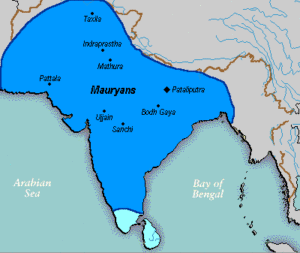
Post Mauryan of the Ancient India
The disintegration of the Mauryan empire led to the rise of many regional kingdoms in different parts of the country
Kalinga declared its independence, further south Satavahans declared their independent rule
At the same time, the invasions by various groups of people based in Central Asia and western China.
These were Indo-Greeks, the Scythians or the Shakas, the Parthians or the Pahlavas and the Kushanas
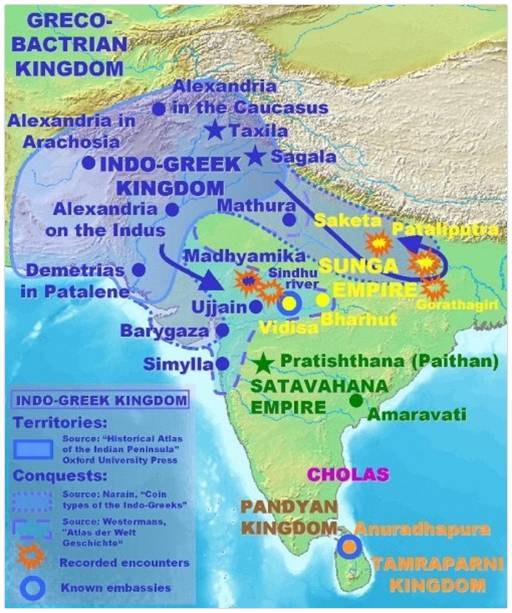
The Shungas
The last Mauryan king was killed by his Commander-in-Chief, Pushyamitra Shunga, who then established his own dynasty in north India. It came to be known as Shunga dynasty
The Sunga dynasts were Brahmins but they patronised Buddhist art too. The Sungas were able to control only a part of the erstwhile Mauryan empire. The Sunga were possible of Brahmin origins who belonged to Ujjain and later developed contacts with Mauryan kings by working under them as officials.
They tried to revive Brahmin practices by conducting Vedic rituals and sacrifices. Some sources claim large scale persecution of Buddhists under them.
Sunga’s were followed by short reign of Kanva dynasty. Sunga kings promoted Sanskrit and Vaishnavism which reached its pinnacle during Gupta Empire.
Kalinga
After Ashoka, Kalinga (present day Orissa) became prominent under the kings of Chedi dynasty.
Kharvela one of the prominent king of Kalinga records its achievement on an inscription, known a Hathigumpha inscription, situated in the Udayagiri hills near Bhuvaneshvar in Orissa.
The inscription is so named because the image of an elephant is carved out of stone next to the boulder carrying the inscription. The inscription tells us that he was a follower of Jainism and had fought many successful battles against his neighbours.
He probably lived in the first century BC.
THE SATAVAHANAS
In Deccan, Satavahans established their independent rule after the decline of Mauryas. •
Their rule lasted for 300-400 years (1st century BCE- 2 nd Century CE) •
They were known as Andhras •
Capital – Paithan/ Pratisthan on the river Godavari near Aurangabad in Maharastra •
Founder – Simuka.
He was succeeded by Krishna, who extended his kingdom in west up to Nasik
Satavahanas took their mother’s name not exactly to honor or uphold a matriarchal society , but it is said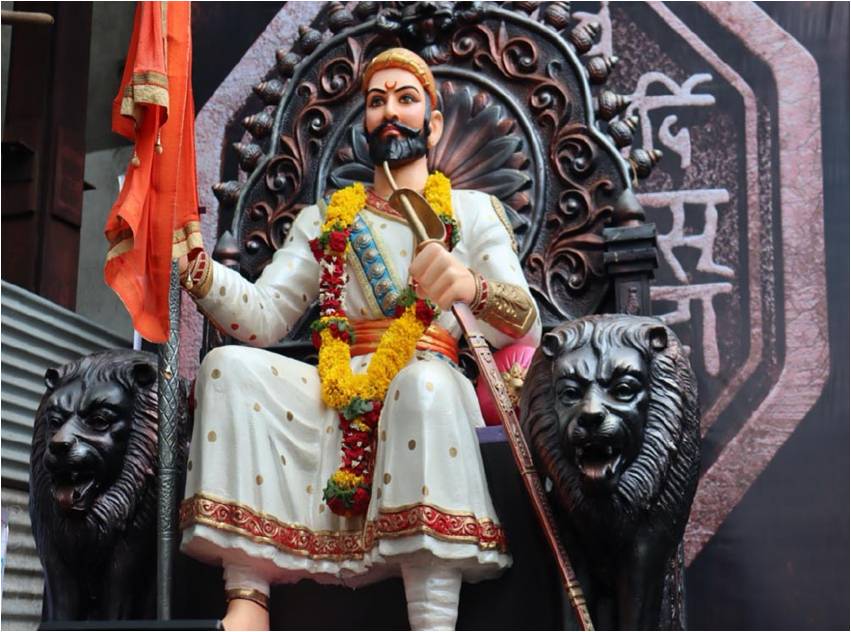 that since their kings had numerous wives, the children were given the names of their mothers to identify him precisely in reference to his mother.
that since their kings had numerous wives, the children were given the names of their mothers to identify him precisely in reference to his mother.
Gautamiputra Satakarni considered the Western Kshatrapas as outsiders, since they had Iranian and Central Asian Steppe origins. However, the Western Kshatrapas, after settling into the western and northwestern part of the Indian-subcontinent, had embraced Indian culture too and were a powerful empire in their own right.
Gautamiputra Satakarni
Gautamiputra Satakarni (first century AD) is considered to be the greatest of the Satavahana rulers. He is credited with the extension of Satavahana dominions by defeating Nahapana, the Shaka ruler of Western India
The Satavahana kings claimed to be Brahmanas and considered it their primary duty to uphold varna system i.e. the four fold division of social structure.
Revived Brahamanism along with practice of Aswamedha & Rajasuya sacrifices
Nasik inscriptions of his mother ‘Gautami Balashri throws light on his achievements
Satavahanas kings were the first in Indian history to make tax free land grants to Buddhists and Brahmanas to gain religious merit.
Vashishtaputra Pulamayi
Vashishtaputra Pulamayi
Issued coins with the inscription of images of ships
Shows naval power & maritime trade of Satavahanas
Yajnasri Satkarni
Yajnasri Satkarni •
Last great ruler •
Recovered Malwa & northern coast of konkan from Shaka rulers (which was captured by Rudradaman before)
Satavahana period saw an extensive growth in overseas trade. • Satavahana administration was almost same as Mauryans as District were called Aharas & officials Amatyas & Mahamantras.
Official Language – Prakrit •
Silver coins – Karshpanas •
Lead coins – For Trade •
West Port – Kalyani + East Port -Ganjam
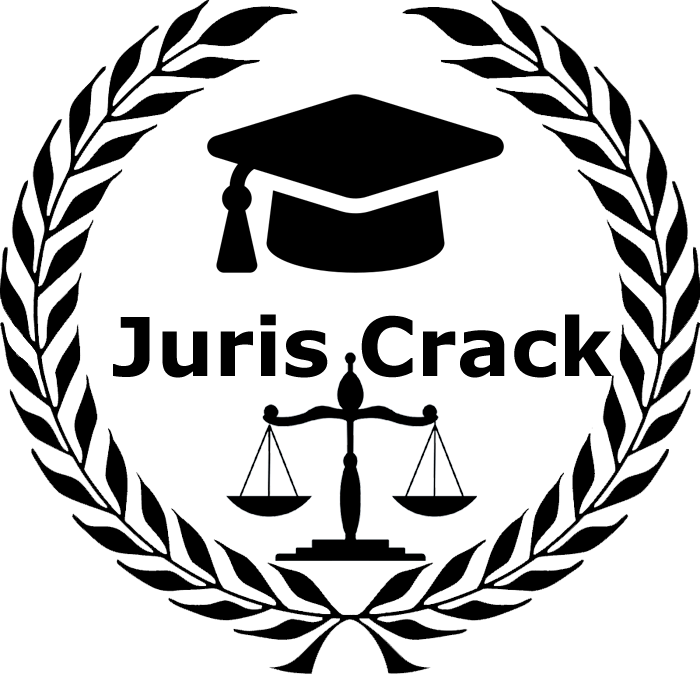




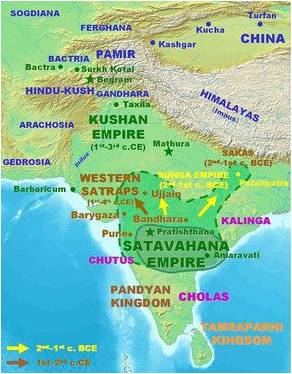



No comment